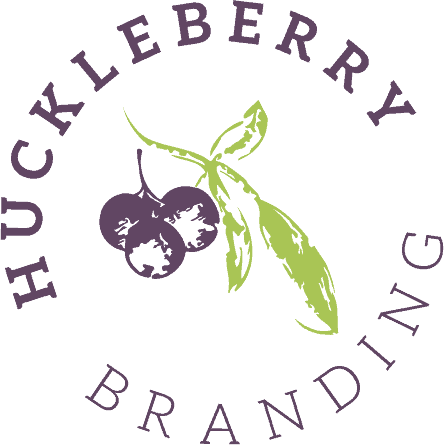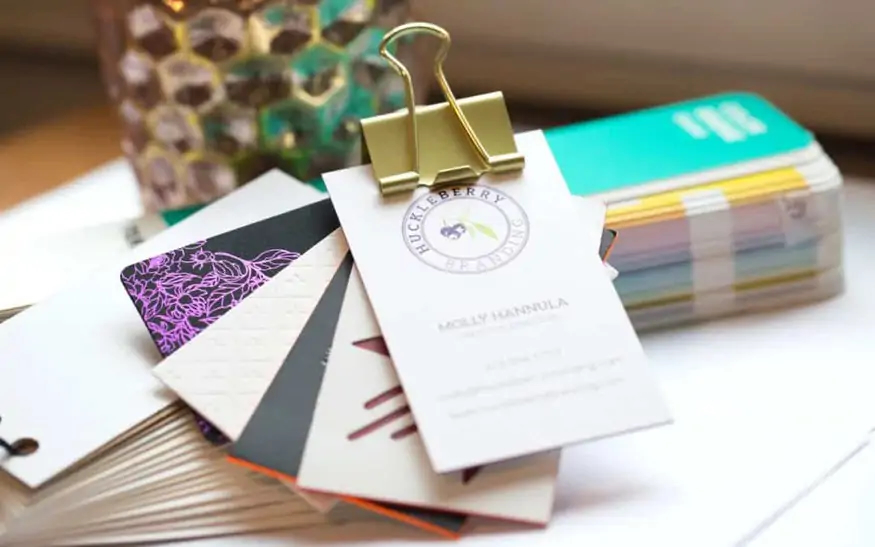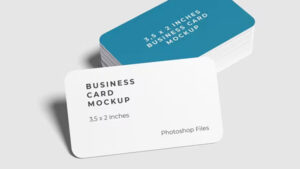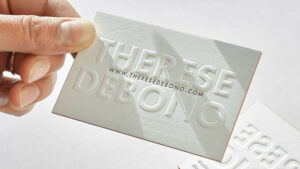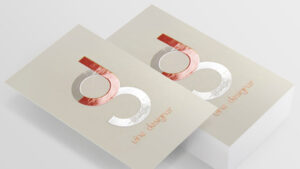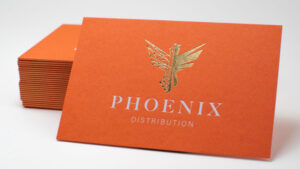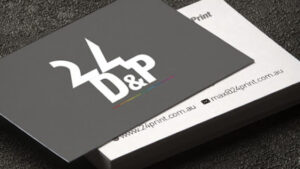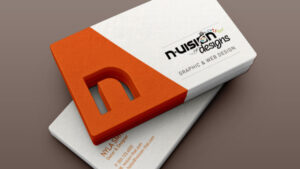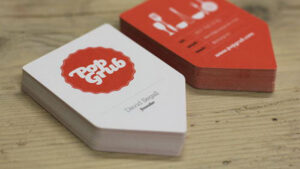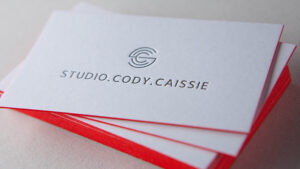Business cards are not just pieces of paper — they’re an extension of your brand. Whether you’re gearing up for a big sales pitch or networking event, the right business card can make all the difference. This post explores various business card options that fit different budgets and key pricing factors. From choosing the best printing methods to understanding material quality and design options, this guide empowers you to make informed decisions.
Factors Influencing Business Card Pricing
By understanding the factors that affect costs and planning, you can create a business card that fits your budget and stands out in a competitive market. Keep in mind that you can choose premium designs for your client-facing team while opting for more affordable options for others.
Printing Method
The method used for printing can significantly impact the price. Common methods include:
Digital Printing: This method has transformed business card production, becoming the preferred choice for small quantities. It uses digital files to transfer color directly to the paper for fast and efficient card creation. A key benefit is the rapid turnaround, enabling businesses to receive their cards shortly after ordering. It’s also budget-friendly for small runs, making it ideal for freelancers or small companies needing just a few cards.
Offset Printing: This is the best option for producing business cards in bulk. This technique transfers ink from a plate to the card, yielding high-quality images and sharp text. Although the initial setup cost is higher, the price per card decreases with larger quantities, making it budget-friendly for orders of hundreds or thousands. Additionally, offset printing allows for the use of specialty inks and finishes, enhancing the cards’ visual appeal.
Letterpress and Engraving: Traditional methods like letterpress and engraving are excellent choices for those looking to exude luxury and sophistication. Letterpress creates unique impressions by pressing inked surfaces into the card, resulting in an indented image that provides a distinctive tactile feel. In contrast, engraving creates a raised image by incising designs onto the surface, allowing for intricate and elegant patterns.
Material Quality
The type of paper or material used can affect the price significantly.
Standard Paper: Common and cost-effective, suitable for basic needs.
Premium Paper: Thicker, textured, or specialty papers can enhance the visual appeal but will come at a higher cost.
Alternative Materials: Options like plastic, metal, or even wood are available, but they can be more expensive than traditional paper cards.
Design Process
The design of your business card, whether by a professional or from a template, affects the cost. A professional graphic designer can create a unique design that aligns with your brand identity and effectively communicates your values. While custom designs require more time and investment, they enhance your brand’s perceived value. In contrast, templates may be cheaper but can result in a generic or unprofessional look that doesn’t make a lasting impression.
Our team typically tackles all ordering duties when printing advanced design cards, which can incur extra costs. However, clients with basic design skills can manage their own printing to save money — and we’re happy to provide training.
Quantity Ordered
Generally, the more cards you order, the lower the per-card cost. Bulk orders often benefit from economies of scale, making them a wise choice for businesses that network frequently.
Finishing Options
Add-ons like rounded corners, embossing, spot UV, foil stamping, or lamination can elevate your card’s appeal but will increase the cost. These options can enhance durability and create a more memorable impression.
Rounded Corners: Softens the card’s look by rounding the edges, making it modern and durable.
Embossing: Raises certain areas of the card for a tactile feel, adding elegance and making it stand out.
Spot UV: Applies a glossy coating to specific parts, enhancing logos or text and providing a shiny contrast to matte areas.
Foil Stamping: Adds metallic or colored foil to parts of the card for a luxurious appearance, highlighting branding elements.
Lamination: Coats the card to protect against wear, moisture, and fading in either matte or glossy finish, increasing durability and professionalism.
Die Cutting: This technique involves cutting the card into unique shapes beyond the standard rectangle, allowing for customized designs that can enhance visual appeal and individuality.
Painted Edges: This process involves applying a colored finish to the edges of the card, adding a pop of color and a sleek, polished look, making your card stand out even more.
Elevate Your Brand with Custom Business Cards
Whether you need a sleek, modern card or a classic, elegant design, we’re here to help you meet all your business card needs. Reach out today to discuss your ideas and get a personalized quote.
